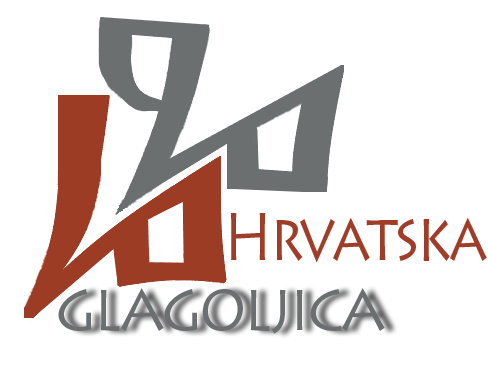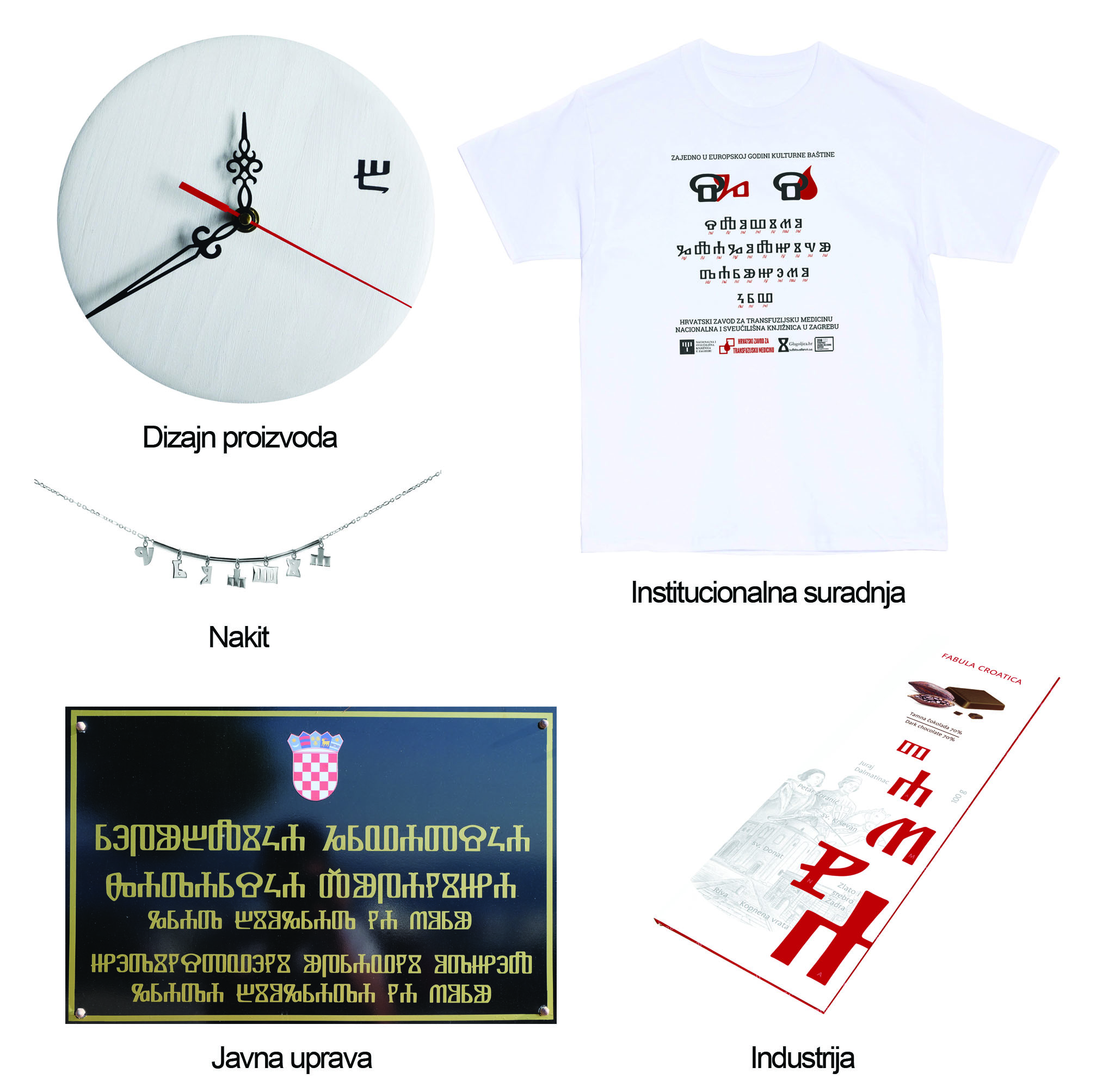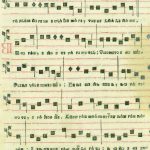The history of Croats is written in Glagolitic script.
Literally, it is – on one of the most famous sculptures by Ivan Meštrović, made in 1932, almost a century after Glagolitic stopped to be actively used among Croats.
Personifying the Croatian history as a stout woman of the Dalmatian Hinterland holding a book with a Glagolitic inscription povêstъ hrъvatъ in her lap, the skillful artist in an evocative and seemingly easy way expressed what philologists, historians and cultural anthropologists could talk about for days.
Angular Glagolitic instilled itself in the collective memory of the Croatian people as something belonging to them, something that was part of their identity. This is also supported by a certain Glagolitic renaissance, that is, the emergence of contemporary (modern) Glagolitism that flourished after the Homeland War and Croatia’s gaining independence.
Until the early 1990s, the Glagolitic script mostly lied at the work tables of the researchers of the history of Croatian literacy and literature. After that, in the fastest and most natural way the Glagolitic script infiltrated in yet another type of academic practice, in art, especially visual arts. Eventually it overcame academic frameworks and returned to its historic place – among its people.
Therefore in the third millennium, Glagolitic script and Glagolitic inscriptions can be found not only in the fields of science, education and cultural life, but also in subculture, pop culture, economy, entrepreneurship and sport, even in political life.
Modern times bring modern media: today Glagolitic script decorates fashion fabrics, souvenirs, logos of various institutions, city block walls, human skin (tattoos) and others. Modern design recognizes the functionality of shapes of Glagolitic characters for different objects of everyday use (jewelry, furniture, lighting products, kitchen utensils, etc.). Glagolitic is used in journals and books, while in traditional Glagolitic environments Glagolitic inscriptions can be found on road signs as well as on tables with names of Croatian places and cities.
Outside of the strictly academic frameworks and popularization activities, Glagolitic will usually be used to record short inscriptions including the names of people, cities, places, institutions, organizations, companies, supporters’ groups, etc. Along with names, Glagolitic will often be used to write terms, quotes and messages related to the own value system as well as faith, family and homeland. All this again points to the connection between using angular Glagolitic and understanding the own identity.
In addition to its identity features, the Glagolitic figurativeness enters in each inscription the qualities of aesthetics and artistry, as well as secrecy and exclusivity, as not everyone will be able to read it. All these are the reasons why Croats gladly continue to speak (glagoljati) even in the 3rd millennium.
Ana Šimić, PhD
Old Church Slavic Institute




